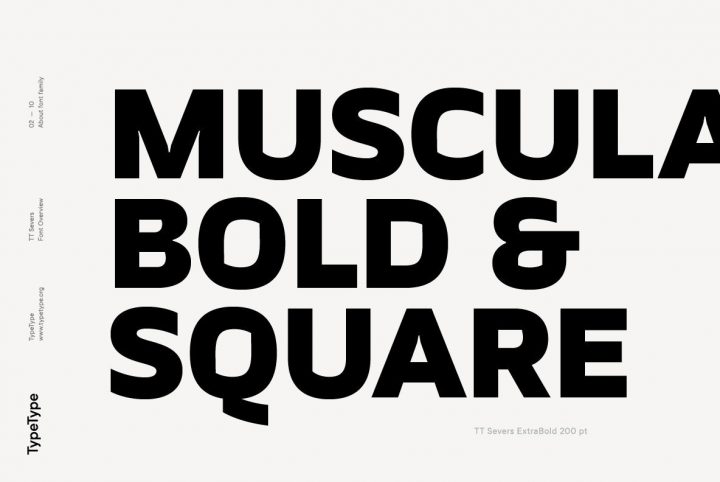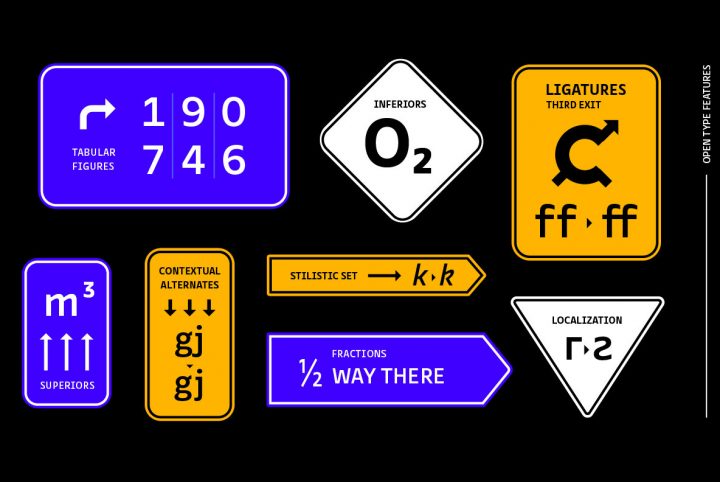Fontfabric in Sofia, Bulgaria is a studio wholly dedicated to their craft. When they say they draw on 1000 years of Glagolitic and Cyrillic heritage, they mean it. The Fontfabric staff can tell you all about how Boris I established and commissioned the Preslav Literary School to develop Early Cyrillic to replace Glagolitic script, which Cyrillic did by 893. They’ll explain that Boris also abolished paganism in 864, but had to emerge from his monastic retirement when his son Vladimir tried to restore it. Boris had Vladimir blinded, and returned to retirement. But he made another comeback in 895 to help his son Simeon fight invading Magyars and Byzantines. After sorting that out, he returned to retirement again, passing in 907. Boris I—emperor, saint, warrior, and typographer. Not a bad figure to inform your work. We highly recommend you explore Fontrfabric and the history of Cyrillic on their blog, it’s fascinating.
Fontfabric’s latest release is Code Next, a tricked out update of their tremendously popular Code Pro. Code Next offers improved functionality, versatility, and application. Additions include 6 new weights, 10 new Italics, full support of Extended Cyrillic and Greek, full redesign and glyph refinement, and 2 variable fonts.
Code Next’s additional features build on 2011’s grotesque-inspired Code Pro. Code Next is a 22-style type family. It’s a solid geometric sans offering simplified forms with a twist. They fit any modern design in print, web, and display visualization. Code Next is perfect for multi-script projects with Extended Latin, Extended Cyrillic, and Greek. It includes 2 variable fonts, over 1280 glyphs, and an OpenType features set including small caps, standard and discretionary ligatures, contextual and stylistic alternates, stylistic sets, case sensitive forms, and much more.













